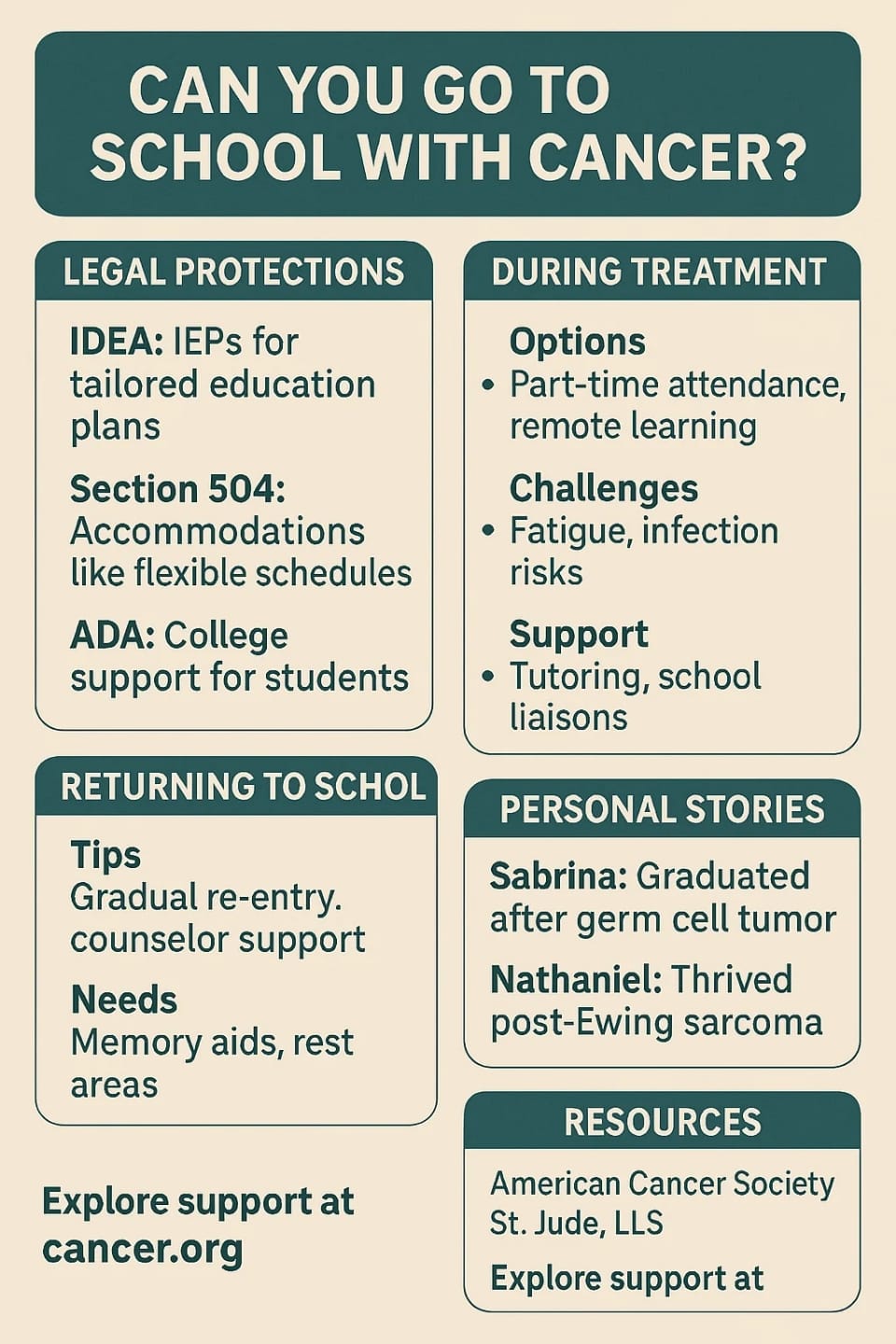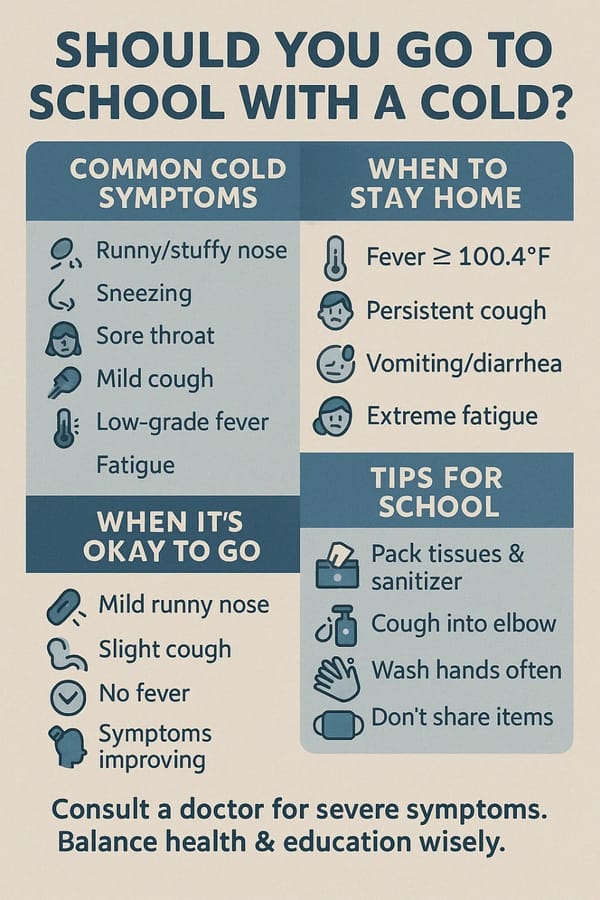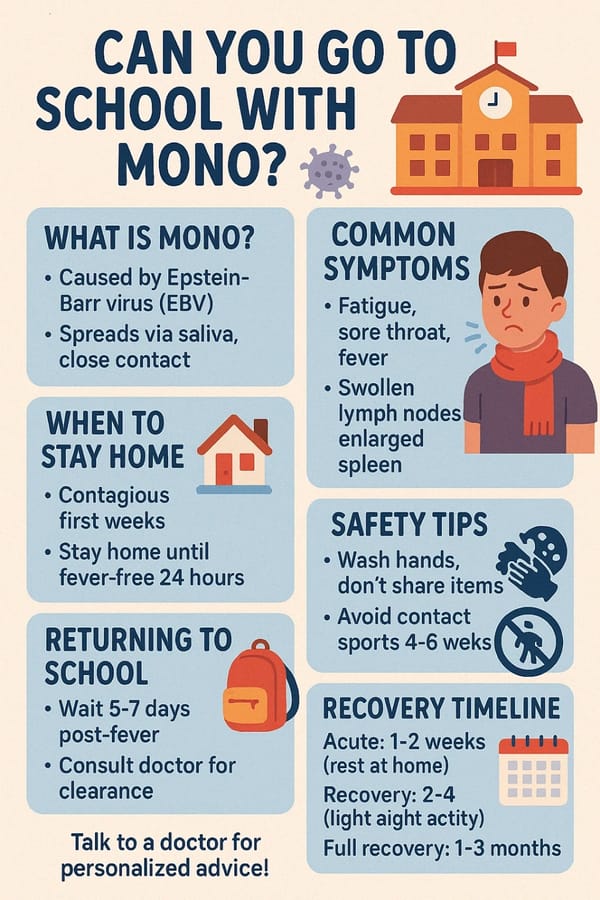Can You Go to School with Cancer? A Comprehensive Guide for Students and Families
The pursuit of education offers students diagnosed with cancer a source of hope and stability during their treatment. The guide demonstrates how educational institutions can support students through cancer treatment by providing useful advice, legal information, and personal narratives for the benefit of students and their families alongside teachers.
Introduction: Education Amidst a Cancer Diagnosis
Imagine a teenager who was pursuing their dreams as they now confront a cancer diagnosis. Beyond the medical challenges, one question looms large: Can I still go to school? Approximately 15,780 American children between the ages of 0 and 19 receive cancer diagnoses annually[1], yet their schooling represents not only academic pursuits but also essential connections to friends, routines, and hope. The article thoroughly examines the possibility of students with cancer continuing their education by looking into legal protections, practical strategies, and personal stories. This guidance provides actionable strategies for parents, students, and educators to continue education during these difficult times.
Legal Rights: Ensuring Access to Education
Federal laws grant students who have cancer their right to education through necessary accommodations and support structures. The initial move to secure an uninterrupted educational journey involves understanding these protective measures.
Individuals with Disabilities Education Act (IDEA)
The Individuals with Disabilities Education Act (IDEA) ensures that children with disabilities including those impacted by cancer are entitled to a free appropriate public education. An Individualized Education Plan (IEP) provides personalized assistance to students between 3 and 21 years old through:
- Modified attendance schedules
- Reduced homework loads
- Extra time for exams
Individualized Education Plans target specific academic objectives to help students maintain their educational progress while undergoing treatments.
Section 504 of the Rehabilitation Act
For broader eligibility, Section 504 of the Rehabilitation Act protects against discrimination in programs funded by federal sources including public schools. A 504 Plan provides support to students by giving them various accommodations:
- Access to a school nurse
- Quieter testing environments
- Flexible deadlines
504 Plans focus on providing necessary support to students capable of managing their academic duties instead of setting learning objectives like IEPs do.
Americans with Disabilities Act (ADA)
For college students, the Americans with Disabilities Act (ADA) ensures accommodations in higher education. Note-taking services together with extended exam time and the option for hybrid learning help young adults manage treatment alongside their educational responsibilities.
The Leukemia & Lymphoma Society explains that these laws provide a safety net which prevents students with cancer from falling behind.
Communicating with the School: Building a Support Network
Success requires maintaining open lines of communication between families and schools. All members of the school community from principals to nurses work together to support a student who has cancer.
Key Steps for Families
- The school needs to receive early information on the diagnosis as well as details about the treatment plan and any expected difficulties including fatigue and school absences.
- Coordinate support by working together with teachers, school counselors, and the school nurse.
- Certain hospitals such as St. Jude Children’s Research Hospital provide programs that help medical professionals teach school staff and students to minimize stigma.
Why It Matters
Research from the Canadian Cancer Society demonstrates that proactive communication helps reduce educational disruptions and maintains student connection while they receive cancer treatment.
Attending School During Treatment: Is It Feasible?
School attendance during treatment helps many students maintain normalcy while building peer connections. However, it requires careful planning.
Challenges to Expect
The side effects of cancer treatment including fatigue and nausea combined with infection risks can create challenges for students trying to attend school regularly. Despite these obstacles students face daily, the emotional uplift gained from interacting with friends surpasses them.
Flexible Attendance Options
Schools can adapt with:
- Students participate in classes as their energy permits and continue their education through home learning.
- Virtual classes alongside online assignments help maintain student engagement.
- Tutors from hospitals and schools help students overcome educational challenges.
The American Cancer Society demonstrates that maintaining school connections during treatment helps students reintegrate more smoothly when they return.
Formal Accommodations
IEP plans or 504 Plans create official support structures which include:
| Accommodation | Benefit |
|---|---|
| Reduced homework | Lessens stress during low-energy periods |
| Flexible schedules | Aligns school with treatment appointments |
| School liaison access | Ensures consistent communication |
Through collaboration these solutions keep students connected to their education throughout demanding treatment phases.
Returning to School After Treatment: A New Chapter
Students who resume school after treatment face a significant milestone which demands emotional and physical adjustments. Here’s how to make it smooth.
Emotional and Physical Preparation
Students experience mixed emotions including excitement and anxiety as they prepare to return to school and meet their classmates again. Gradual re-entry—starting with half-days—helps. Schools should be aware of:
- Students who experience weakness or mobility difficulties need access to rest areas and elevators.
- The cognitive condition known as “chemo brain” leads to memory problems that require additional time to complete tasks.
- Counselors stand ready to help students manage their fears and respond to bullying situations.
Peer Interactions
Preparing for questions is key. Students who disclose their cancer history by saying “I had cancer but now I’m improving” benefit from medical team visits that schools can arrange according to American Cancer Society guidelines.
Ongoing Accommodations
Students who have completed cancer treatment may continue to require IEPs or 504 Plans:
- Extended deadlines
- Sensory tools (e.g., noise-canceling headphones)
- Regular check-ins with counselors
The detection of struggle indicators such as frequent absences or sadness enables prompt support measures.
College and Higher Education: Planning Ahead
Cancer should not prevent young adults from achieving their college aspirations. Strategic planning makes higher education achievable.
Leveraging the ADA
Colleges must provide accommodations under the ADA. Students should:
- Register with disability services early
- Students should ask for note-taking assistance while seeking flexible attendance schedules or online classes.
Balancing Treatment and Studies
- Schedule treatments around classes
- Use hybrid learning for flexibility
- Access counseling for emotional support
The American Cancer Society’s College Close to Home program offers tailored guidance for college students.
Long-Term Support
Care plans must provide guidance for major changes including the shift from high school to college education. The Teenage Cancer Trust outlines legal rights designed to support continuous education.
Personal Stories: Resilience in Action
Authentic stories illuminate journeys and demonstrate achievable outcomes through sustained support.
Sabrina’s Journey
Sabrina faced a germ cell tumor diagnosis at 13 which required her treatment to skip school and stay away from friends. She expressed her wish for a typical teenage existence. Her community’s support enabled her to return to school where she graduated and flourished demonstrating that resilience brings success (Canadian Cancer Society).
Nathaniel’s Triumph
Diagnosed with Ewing sarcoma at 10, Nathaniel missed two school years due to surgeries. Post-treatment, he rejoined swimming and school, becoming a charter member of the Cleveland Clinic’s High Five Pediatric Cancer Survivorship program. His determination led him to excel academically and athletically, inspiring other young survivors to push forward. “I wanted to prove I could do it,” Nathaniel shared, reflecting on his journey (Cleveland Clinic).
These stories highlight that while cancer alters the path, it doesn’t define the destination.
Resources to Empower You
Numerous organizations offer tools and support to help students with cancer thrive educationally:
- American Cancer Society: Provides detailed guides on returning to school and managing education during treatment.
- Leukemia & Lymphoma Society: Offers free resources like “Learning & Living with Cancer” to support advocacy and education.
- St. Jude Children’s Research Hospital: Features school re-entry programs and inspiring patient stories.
- Canadian Cancer Society: Shares survivor stories and practical tips for school support.
These resources provide not only information but also a sense of community, helping families feel supported and empowered.
Conclusion: Education as a Path Forward
Continuing school with cancer is a challenging yet achievable goal, made possible through legal protections like IDEA and Section 504, proactive communication, and tailored accommodations. Stories like Sabrina’s and Nathaniel’s demonstrate that with resilience and support, students can reclaim their education and pursue their dreams. If you’re navigating this journey, know you’re not alone. Explore resources like the American Cancer Society, connect with support groups, or share your experiences in the comments below. How are you making school work during cancer? Let’s inspire and uplift each other.
American Cancer Society provides data on childhood cancer statistics through their 2025 report. ↩︎






